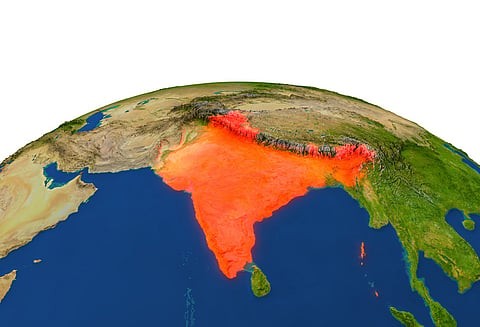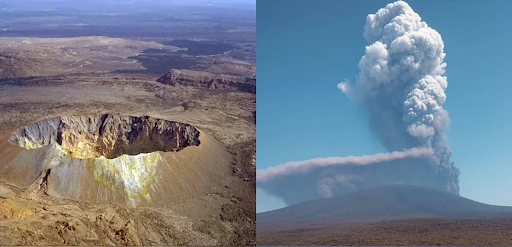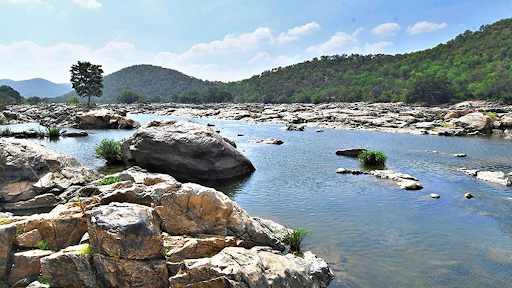



The Green India Mission (GIM) is one of eight missions within India's National Action Plan on Climate Change (NAPCC), which was announced in February 2014.

Copyright infringement not intended
Source: The Indian Express
The Ministry of Environment, Forest, and Climate Change (MoEFCC) released the report on June 17, which is World Day to Combat Desertification and Drought.
|
Genesis |
Launched in 2014; one of the eight missions under the National Action Plan on Climate Change (NAPCC) |
|
Primary Objectives |
- Increase forest and tree cover on forest/non-forest lands (target: afforestation over 24 million hectares) - Improve ecosystem services including carbon sequestration - Create an additional carbon sink of 2.5 to 3.0 billion tonnes of CO₂ equivalent by 2030 |
|
Sub-Missions |
1. Improve forest quality and ecosystem services 2. Increase forest/tree cover and restore ecosystems 3. Enhance and diversify incomes of forest-dependent communities |
|
Funding |
- Mission allocation - National CAMPA Fund (Compensatory Afforestation Fund Management and Planning Authority) |
|
Timeline |
10 years (2021–2030) |
|
Implementation Model |
Bottom-up approach involving Joint Forest Management Committees (JFMCs) as key implementing bodies |
Source: Indian Express
Practice Question:Q. Which of the following statements about the Revised Green India Mission (GIM) is/are correct?
Select the correct answer using the code below: A) 1 and 2 only Answer:B) 1, 2 and 4 only Explanation:
|






© 2025 iasgyan. All right reserved